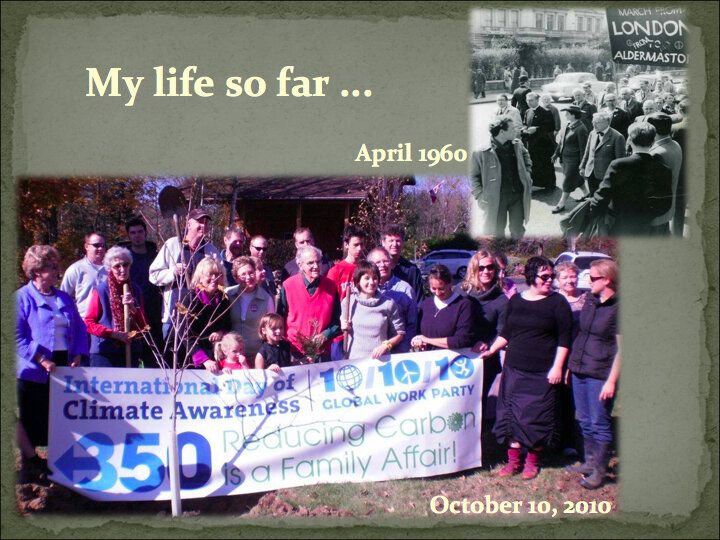
The following is an excerpt from Elizabeth's May's latest book Who We Are: Reflections on My Life and Canada
It had to be the most embarrassing credit interview ever -- embarrassing both for me and for the woman from the Ottawa Women's Credit Union who had to ask the questions.
"All right, you'd like a $10,000 line of credit. Let's start with revenue. How much do you earn?"
"Well, actually...I am unemployed. I just quit my job."
"I see. How about assets. Do you own your car? How much are your payments?"
With a sinking feeling about the whole proposition, I got the words out. "I don't have a car."
She remained remarkably chipper, though I did see a crease forming on her forehead, "OK, do you own your home??"
"Well, it's really my ex-husband's house and we have a mortgage."
Then the question I had not seen coming: "What do you want the line of credit for? Home renovations?"
I swallowed hard and answered in a contrite whisper, "I need it to run for the leadership of a federal political party." I didn't think telling her it was the Green Party would help.
I had come to the conclusion that everything I had worked for over the last three decades and everything I cared about was at risk of being dismantled by our newly installed prime minister. Becoming leader of the Green Party was my best option for changing Canadian politics. But to run for the leadership, I had to become a member of the Green Party. As executive director of Sierra Club of Canada, however, I could not be partisan, meaning that joining a political party was a no-no. So I had to quit my job in order to lay out the $10 to become a member of the Green Party. And luckily, the Women's Credit Union gave me the loan.
In 2006, Stephen Harper had only enjoyed a minority government. There could be an election any time. Given the prevailing political dynamic, I didn't see any hope of a different electoral result.
Something was needed to change the dynamic. Somehow I convinced myself that a political leader who told the truth all the time, even if it meant defending people in other political parties, might just be the wild card that restored public faith in Canadian politics. Reading over the Green Party policies, I was pleased to find a solid foundation in issues of social justice and international policies, in addition to the expected environmental planks. Running for leader of the Green Party began to take shape in my mind as a way to re-awaken interest in politics among the disillusioned.
My days as a non-partisan environmental lawyer and activist were over. I had to jump into the partisan world of politics with both feet or watch from the sidelines as the first prime minister in history to actively loathe the environmental movement and all it cared about reversed our halting, limited environmental progress.
The way change had happened in the past and the ability to influence governments of various stripes were gone. Protecting the environment through the steady and time-worn methods of building a case, launching a campaign, getting public support, and persuading people in power to change bad plans into good ones had become a Monty Python sketch. It was a Dead Parrot.
As in the Monty Python sketch, Canadian democracy was nailed to its little perch in hopes the public would not notice the resemblance to a dead parrot. Something drastic was required to revive it. The first step was surely to point out what democracy, specifically a Westminster parliamentary democracy, looks like. In a parliamentary democracy, the prime minister serves at the pleasure of Parliament, not the other way around.
Our system is not supposed to look like a dictatorship. It does not involve central control by a prime minister's office. It does not involve non-stop partisan campaigning in a permanent state of heightened electoral warfare in the absence of governing. Democracy should look a lot like the people who elected their government.
MORE ON HUFFPOST:
